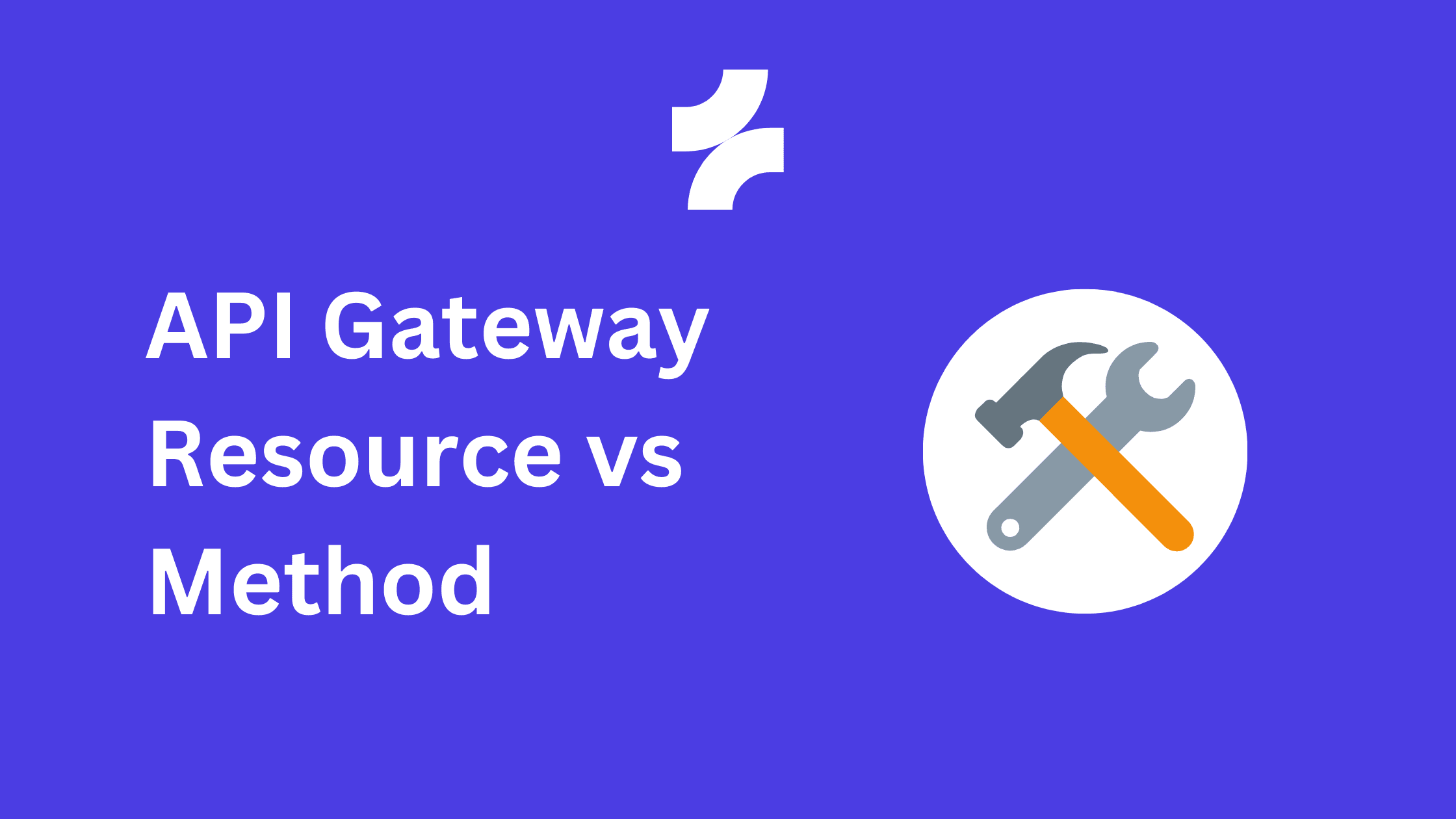
Understanding API Gateway Basics
API Gateway Basics are key for anyone exploring API management. An API Gateway acts as a gatekeeper for your APIs. It's a reverse proxy that handles incoming API calls, routes them to the right services, and bundles responses before sending them back to the client.
This is important because it simplifies managing multiple microservices. Instead of clients interacting directly with various services, the API Gateway centralizes these interactions. This approach streamlines communication and enhances security and performance.
In this article, we'll explore two core components of an API Gateway: Resources and Methods. Understanding these elements will help you manage your APIs more effectively.
-
Resources: These are the endpoints you create for your API. Each resource represents a specific entity or function, such as user data or product information.
-
Methods: These define the actions you can perform on resources. They're the HTTP methods (GET, POST, PUT, DELETE) that let you interact with your resources.
By understanding these concepts, you'll be better prepared to improve your API's performance, security, and scalability. Let's take a closer look at how Resources and Methods work within an API Gateway.
What Is a Resource in API Gateway
A Resource in an API Gateway represents a URI path segment. Think of it as the backbone of your API structure. Each resource maps to a specific entity or function, like user data or product info, making it the actual endpoint clients will interact with.
Resources are organized hierarchically. You can nest them under main resources to create a structured and logical pathway. For example, a resource like /pet/{petId} allows you to access a specific pet's information. Another resource like /pet/getAll lets you retrieve data for all pets.
Here's how you might define these resources:
/pet
/{petId}
/getAll
In this structure, /pet is the main resource, and {petId} and getAll are nested resources. Each of these can have different methods (like GET or POST) associated with them, but we'll dive into methods later.
By organizing resources this way, you create a clear, easy-to-navigate API that both developers and clients can understand. This hierarchical setup is crucial for maintaining an efficient and scalable API.
Resources are the endpoints you create in your API Gateway, structured to represent different entities or actions. They form the backbone of your API, making it easier to manage and interact with various services. For more insights on setting up and managing your API effectively, you can explore our comprehensive API management platform which offers tools like authorization, developer portals, caching, rate limiting, and analytics.
Understanding Methods in API Gateway
Methods in an API Gateway represent the actions you can perform on your resources. They are tied to HTTP request types like GET, POST, PUT, and DELETE. These methods define what clients can do with the resources you expose.
Let's break it down with some practical examples. Imagine you have a resource path /pet/{petId}. This could represent an individual pet in your system. You might define several methods for this resource:
- GET: Retrieve information about a specific pet.
- POST: Add a new pet to the system.
- PUT: Update existing pet information.
- DELETE: Remove a pet from the system.
By associating methods with resources, you offer a range of interactions for each endpoint. This setup allows clients to not only fetch data but also modify and manage it.
Consider another resource, /pet/getAll. You might only need a GET method here since its sole purpose is to retrieve a list of all pets. Defining methods this way keeps your API organized and intuitive.
Methods are crucial for defining how your API behaves and interacts with clients. They provide the necessary actions to fully utilize your endpoints, ensuring that your API is versatile and functional.
Putting It All Together: Resources and Methods
Resources and Methods are the building blocks of an API Gateway. They work together to define how clients interact with your API. Resources represent the various endpoints, while Methods specify the actions clients can perform.
Imagine a resource path /pet/{petId}. Here, {petId} is a placeholder for a specific pet's ID. You can attach multiple methods to this resource:
- GET: Fetch pet details.
- POST: Add a new pet.
- PUT: Update pet info.
- DELETE: Remove a pet.
Here's a visual breakdown:
/pet
/{petId}
GET
POST
PUT
DELETE
/pet/getAll
GET
Each method corresponds to an HTTP action, making it clear what clients can do at each endpoint. This setup helps keep your API organized and intuitive.
When connecting AWS Lambda, you might use the ANY method. This handles all HTTP methods with one Lambda function. It's a simple way to manage multiple paths and methods but might limit some features.
A Proxy setup can also route all paths and methods to a single Lambda function. This simplifies configurations but requires careful planning to handle different requests correctly.
Understanding Resources and Methods is key to effective API management. They form the backbone of how your API handles requests and interacts with clients. By mastering these concepts, you can create a robust, scalable API that meets your users' needs.